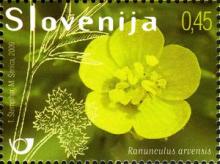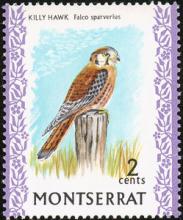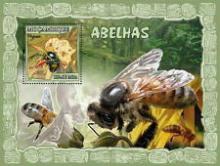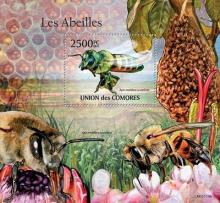Honey bees’ behavior is impaired by chronic exposure to thiacloprid in the field
The decline of pollinators worldwide is of growing concern and has been related to the use of plant protecting chemicals. Most studies have focused on three neonicotinoid insecticides, clothianidin, imidacloprid and thiamethoxam, currently subject to a moratorium in the EU. Here we focus on thiacloprid, a widely used cyano-substituted neonicotinoid thought to be less toxic to honey bees and of which use has increased in the last years. Honey bees (Apis mellifera carnica) were exposed chronically to thiacloprid in the field for several weeks at a sublethal concentration.










